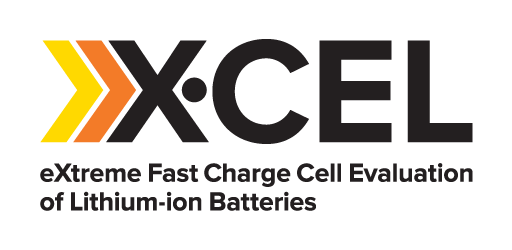Extreme Fast Charge
Extremely fast battery charging is essential if electric vehicles are ever going to be competitive with internal combustion vehicles. This means the lithium-ion batteries propelling current vehicles must be rechargeable within 15 minutes or less instead of many hours, a major technological challenge.
By pooling resources with Idaho National Laboratory and National Renewable Energy Laboratory, Argonne National Laboratory intends to identify and fill gaps hindering the commercialization of extreme fast charging with lithium-ion batteries. At present, ultra-fast recharging seriously degrades battery life and poses safety hazards.
The numerous challenges that limit such extreme fast charging at the cell level include lithium from the electrolyte plating on the graphite anode, a rapid temperature rise, and possible cracking of electrode particles. Of these, lithium plating is thought to be the primary culprit causing these problems. This project aims to gain an understanding of the main limitations during ultra-fast charge using a combined approach involving the building of cells with various designs, testing of those cells under various conditions, characterization of them during and after testing, and mathematical modeling based on the test results.
As part of the XCEL: eXtreme fast charge Cell Evaluation of Lithium-ion Batteries project, cells are built in Argonne’s Cell Analysis, Modeling, and Prototyping (CAMP) facility. The cells are then tested at both Idaho National Laboratory and Argonne under various operating conditions and under different charging protocols with the aim of identifying the onset of plating, quantifying the extent of the problem, and determining parameters and test data for mathematical models. After testing, the cells are opened and various advanced characterizations are performed at Argonne to assess the extent of plating and determine if other failure modes, such as particle cracking, also play a role.
A critical part of the project is the use of mathematical models to understand the limitations at high charge rates and, therefore, suggest possible solutions that can be pursued. Macrostructure modeling at National Renewable Energy Laboratory is being used to test cell designs, accompanied by microstructure models to provide deeper insights into the phenomena during battery charging. This effort is complemented by the development of models at Argonne incorporating other important physics, such as phase changes and growth of a solid-electrolyte interphase on the electrode surface during charging.

